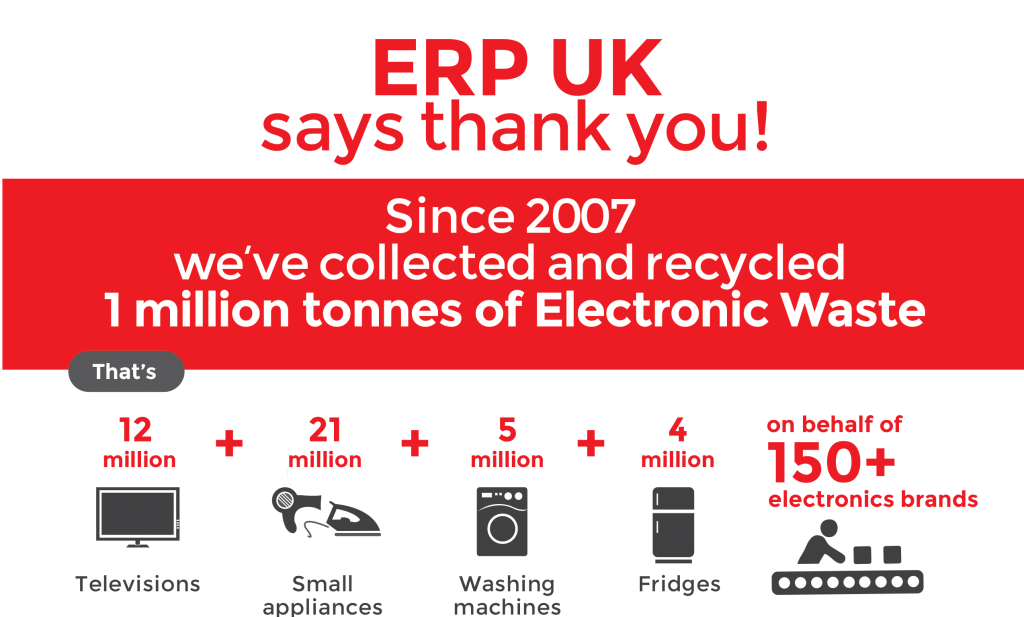In the January 7, 2020 edition of Resource Magazine, Imogen Benson reported on new requirements for UK retailers regarding waste electronics and electrical equipment, aka WEEE, which includes not only computers and devices that people in the US typically consider “electronics,” but also appliances and white goods–items with a cord, essentially.
From the article:
“The Department for Environment, Food and Rural Affairs (Defra) has approved the fifth phase of its Distributor Takeback Scheme (DTS) for waste electrical and electronic equipment (WEEE), confirming that the DTS will cease to be applicable for larger retailers by the end of 2020. Under the UK WEEE Regulations, retailers must ensure that their customers are able to return unwanted electrical and electronic equipment (EEE) on a like-for-like basis when they purchase new items. The fourth phase of the DTS, which came to an end on 31 December 2019, allowed retailers to pay a fee to cover these recycling obligations, providing funds for local authority WEEE collection schemes at household waste recycling centres (HWRCs) and civic amenity sites. Under the new system, larger retailers with an excess of £100,000 of turnover in sales of EEE will no longer be able to join the DTS from 31 December 2020, but will instead be obliged to provide in-store take-back facilities from January 2021. Smaller stores and online retailers will be exempt from the changes.”
Read the full story at https://resource.co/article/large-retailers-will-have-offer-store-weee-take-back-2021.


